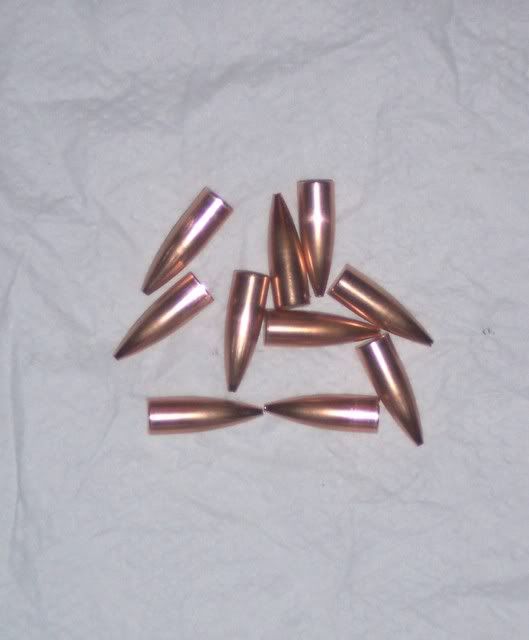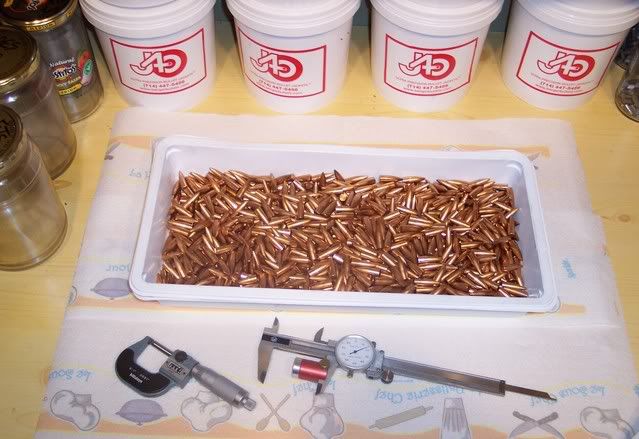.......how does one come to determine or know when you achieved a good core seating pressure? Calvin
That's one of the hardest aspects of bullet making to explain. I will say this:
Core seating pressure is the single most important thing you do when making bullets.
Different core material makeups (the % of antimony) may 'pressure up' differently when the cores are seated. Different lots of jackets may respond differently to the same amount of physical core shortening during seating. Not all the core material is as homogeneous as we expect it to be...there can be areas in the wire that are 'softer' or 'harder'. And the list goes on.
A small die like the Blackmon will actually flex a bit..it's possible during core seating to actually make the o.d. of the jacket larger than the i.d. of the die, given enough seating pressure. A big-bodied carbide die like the great one George Ulrich or Neimi Engineering make are not going to act the same way, for example.
At the very minimum, you need to seat the core with enough pressure so the jacket o.d. measure at least what the i.d of the die measures.











